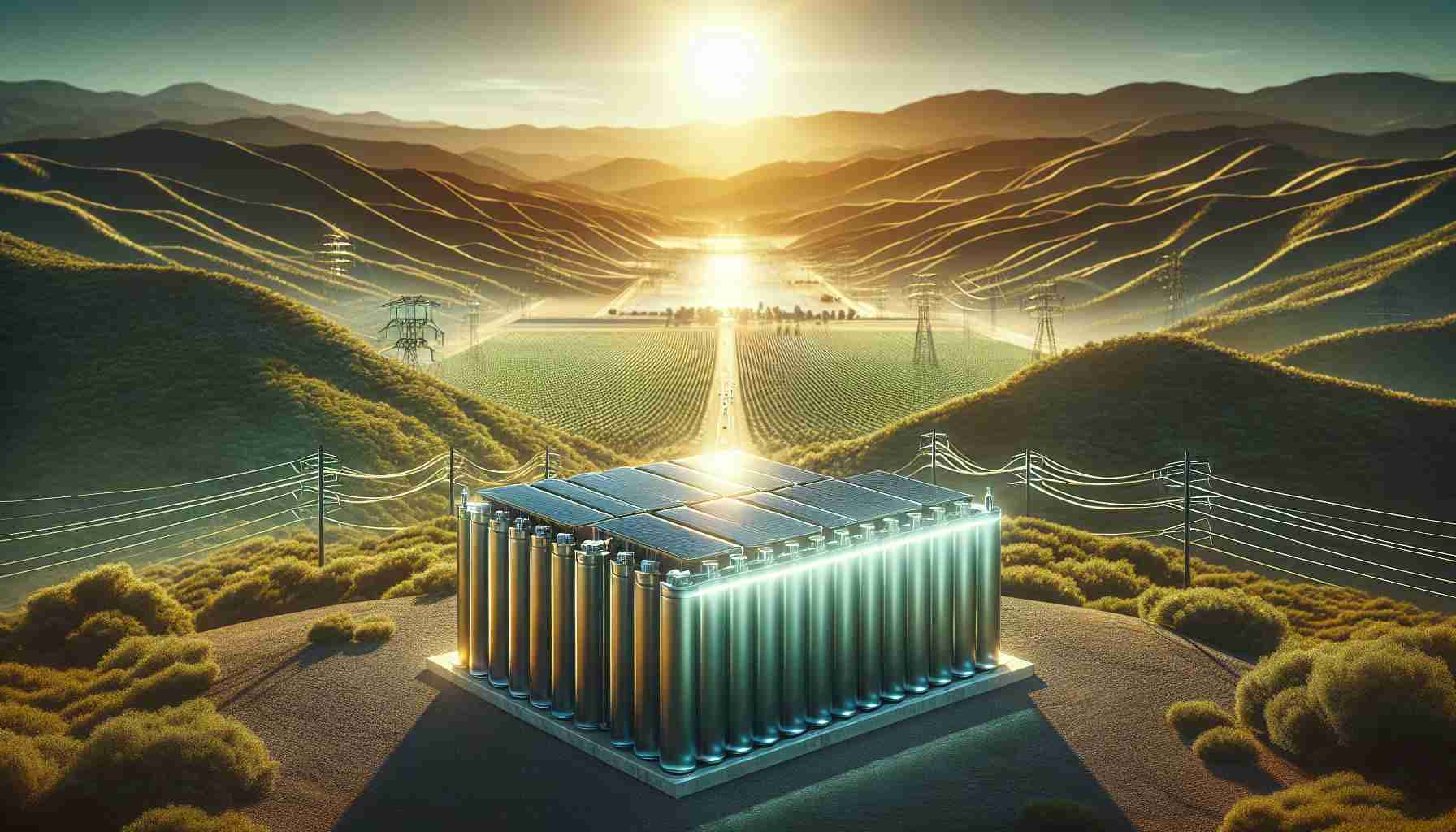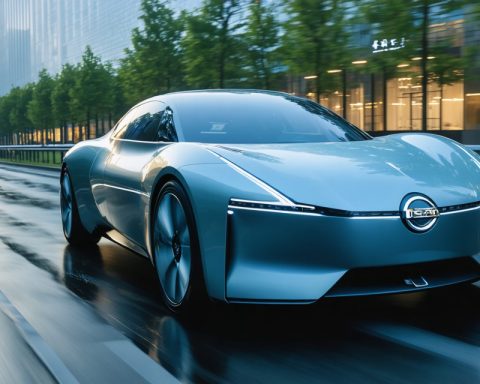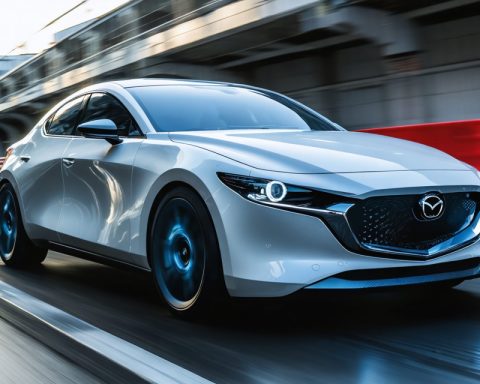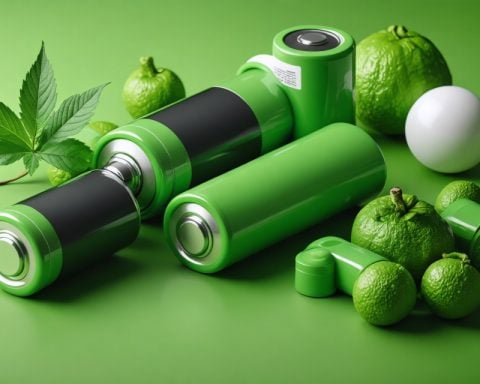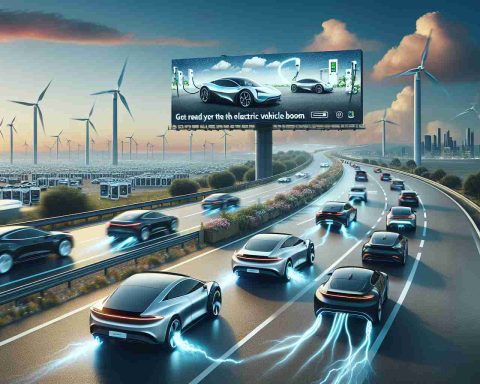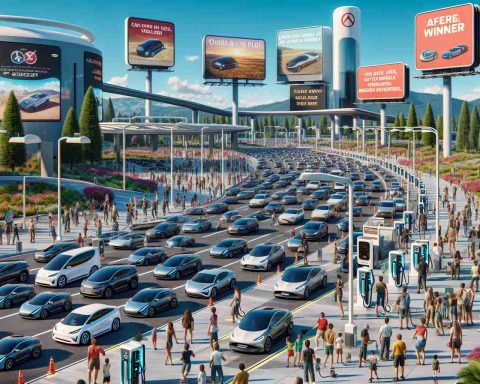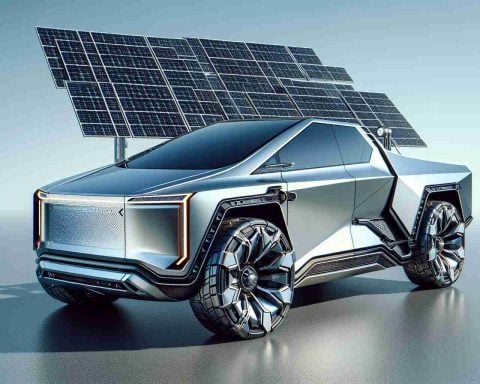- Vistra’s Moss Landing Energy Storage Facility is now the world’s largest energy storage project with a capacity of 400 megawatts and 1,600 megawatt-hours.
- Designed to stabilise California’s grid, it provides reliable energy during peak demand, especially in high temperatures.
- The facility utilises advanced lithium-ion batteries to capture and release solar energy efficiently, minimising waste.
- Successful collaboration between Vistra, California officials, and major energy companies highlights the role of partnerships in renewable advancements.
- The project is strategically set for future expansion, potentially increasing capacity to 1,500 megawatts.
- Moss Landing enhances grid resilience against environmental challenges and supports California’s shift away from fossil fuels.
- The facility marks a significant shift in energy management, symbolising a move toward a sustainable, battery-powered future.
In a groundbreaking step toward sustainable energy, Vistra’s Moss Landing Energy Storage Facility has ramped up to become the world’s largest energy storage project. This immense facility now boasts a powerful 400-megawatt capacity, capable of storing a staggering 1,600 megawatt-hours of energy. Positioned as a pivotal player in California’s renewable energy landscape, Moss Landing is designed to stabilise the grid during peak demand times, providing a reliable energy reservoir as the state grapples with soaring temperatures and electricity needs.
Harnessing the potential of advanced lithium-ion batteries, the facility captures surplus solar energy by day and releases it when the sun sets, ensuring a continuous energy flow without waste. This endeavour reflects a successful collaboration between Vistra, California officials, and several major energy companies, underlining the importance of partnerships in advancing renewable technology.
Strategically poised for expansion, the project aims to potentially increase its capacity to a breathtaking 1,500 megawatts, reinforcing California’s commitment to moving away from fossil fuels. The Moss Landing facility not only serves as an emblem of technological innovation but also as a robust line of defence against environmental challenges, enhancing grid resilience and ensuring power stability.
The takeaway? As California leads the charge toward a cleaner, battery-powered future, we witness a transformative shift in how energy is managed and delivered. From sunlit days to darkened nights, the Moss Landing Energy Storage Facility is ready to illuminate the path forward. With this revolutionary progress, renewable energy is set to power our world sustainably—keeping the lights on and the future bright!
Revolution in Renewable Energy: Discover How the World’s Largest Storage Facility is Changing the Game
Key Questions about the Moss Landing Energy Storage Facility
1. What makes the Moss Landing Facility the largest energy storage project in the world?
The Moss Landing Energy Storage Facility, developed by Vistra, distinguishes itself as the largest due to its 400-megawatt capacity capable of storing 1,600 megawatt-hours of energy. This monumental facility leverages cutting-edge lithium-ion batteries to capture and store surplus solar energy during the day, releasing it after sunset to maintain a consistent energy supply. Its size and efficiency are unrivalled, marking it as a pinnacle in sustainable energy projects globally.
2. How does the Moss Landing facility impact California’s energy landscape?
This facility plays a critical role in California’s renewable energy strategy by stabilising the grid during peak demand, especially during high-temperature periods that escalate electricity needs. By acting as a reliable energy reservoir, it reduces the state’s dependency on fossil fuels, underscoring a commitment to cleaner energy solutions. The project is strategically crucial for California as it progresses towards a sustainable future and intends to expand its capacity to potentially 1,500 megawatts to further this commitment.
3. What are the broader implications of this facility for the future of renewable energy?
The success of Moss Landing serves as a blueprint for sustainable energy and highlights the essential partnerships between companies and government entities in driving renewable technologies. This transformative project demonstrates how energy can be efficiently managed, stored, and distributed, providing a reliable power source even when the sun is not shining. It promises a reduction in carbon emissions and promotes a shift toward renewable resources, making it a vital component in combating environmental challenges globally.
Related Links for Further Exploration
– Vistra Corp: Learn more about the advancements and future projects by the company behind the Moss Landing Facility.
– U.S. Department of Energy: Explore broader U.S. energy policies and innovations in the renewable sector.
– California Energy Commission: Discover California’s initiatives and regulatory framework driving renewable energy adoption.
More Insights on Energy Transformation
Market Analysis: The global energy storage market is experiencing unprecedented growth, projected to reach $546 billion by 2035. Facilities like Moss Landing are at the forefront of this trend, showcasing the potential and necessity of large-scale energy storage solutions.
Technological Innovations: Advances in battery technology, including enhanced energy density and recycling processes, are critical to sustaining facilities like Moss Landing. Continuous innovation ensures the efficiency and cost-effectiveness of renewable energy storage.
Sustainability and Environmental Impact: By drastically reducing reliance on fossil fuels, Moss Landing significantly lowers greenhouse gas emissions. Such projects pave the way for a substantial positive impact on environmental sustainability.
The Moss Landing Energy Storage Facility exemplifies a pioneering shift in energy management, offering remarkable insights into the future of power—what it means for sustainability, efficiency, and global energy resilience.
